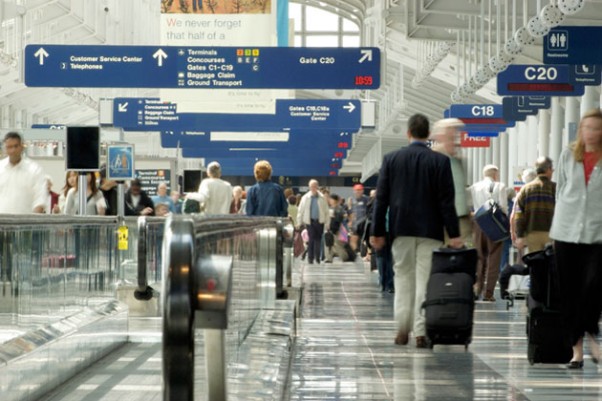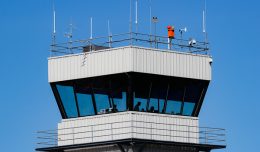Airline passenger travel in the United States is expected to nearly double in the next 20 years, reaching 1.2 billion passengers per year in 2032, the Federal Aviation Administration (FAA) said in its annual forecast on Thursday.
The FAA report forecasts that the total number of people flying commercially on US airlines will increase by 0.2 percent to 732 million this year, then to 746 million next year. The number of airline passengers in the United States is expected to increase more rapidly in the following years, reaching 1 billion passengers in 2024 and 1.2 billion passengers in 2032.
Revenue Passenger Miles (RPM), which represents one paying passenger traveling one mile (1.6 kilometer), is forecast to nearly double over the next two decades, from 815 billion in 2011 to 1.57 trillion in 2032. The figures would represent an average increase of approximately 3.2 percent per year, indicating that US passengers will also travel longer distances.
US Secretary of Transportation Ray LaHood said an increasing number of Americans are relying on air travel and underscored the need to implement the FAA’s Next Generation Air Transportation System (NextGen) to accommodate the projected growth. “Our investment in NextGen is the key to getting passengers and cargo to their destinations more safely, faster, and with less impact on the environment,” he said.
Through NextGen, the FAA aims to transform the US air transportation system with the use of satellite-based technology that will help passengers reach their destinations more quickly, increase air traffic capacity, and enhance safety. New, more precise routes will also reduce fuel burn, carbon emissions, and noise.
In addition to the increasing number of US passengers, the report also shows that cargo traffic on US airlines is projected to more than double over the course of the forecast, growing at an average rate of 4.9 percent per year. This increase is measured by Revenue Ton Miles (RTMs), that is, one ton of cargo flying one mile.
But while US airlines can expect an increasing number of passengers, the forecast projects the strongest growth in general aviation in jet aircraft, which is expected to grow at a rate of 2.9 percent per year, with a 4 percent per year growth in hours flown.







